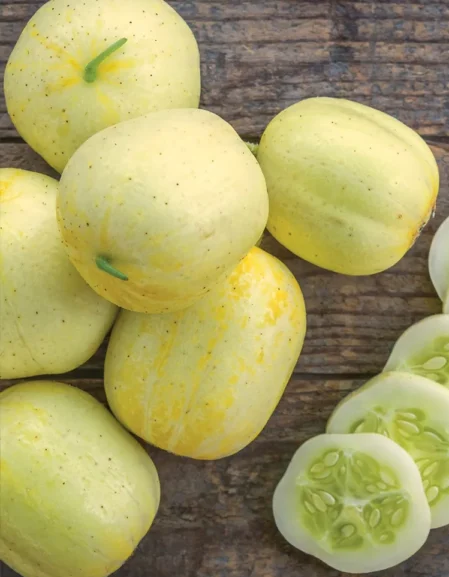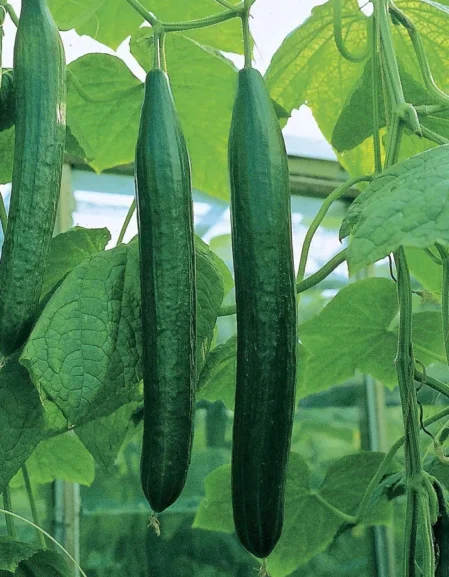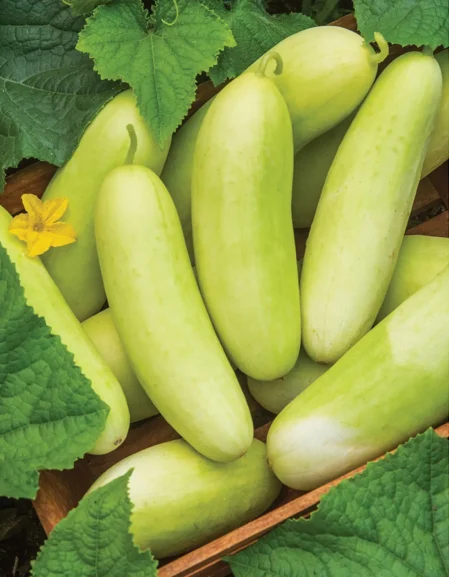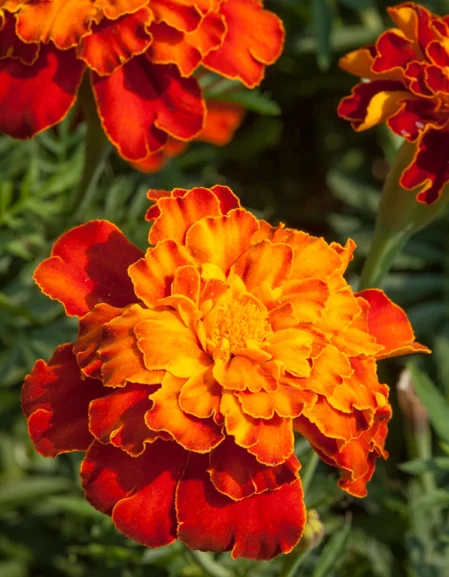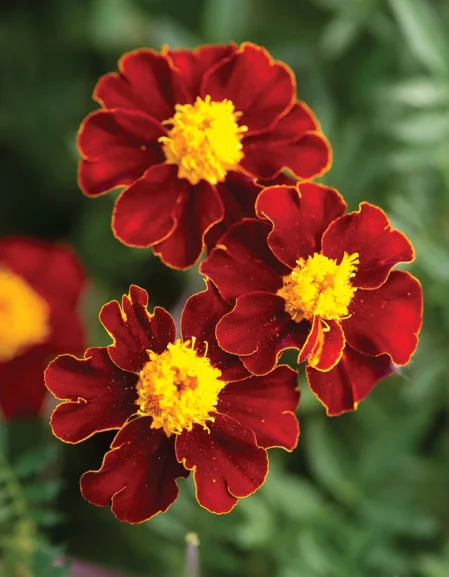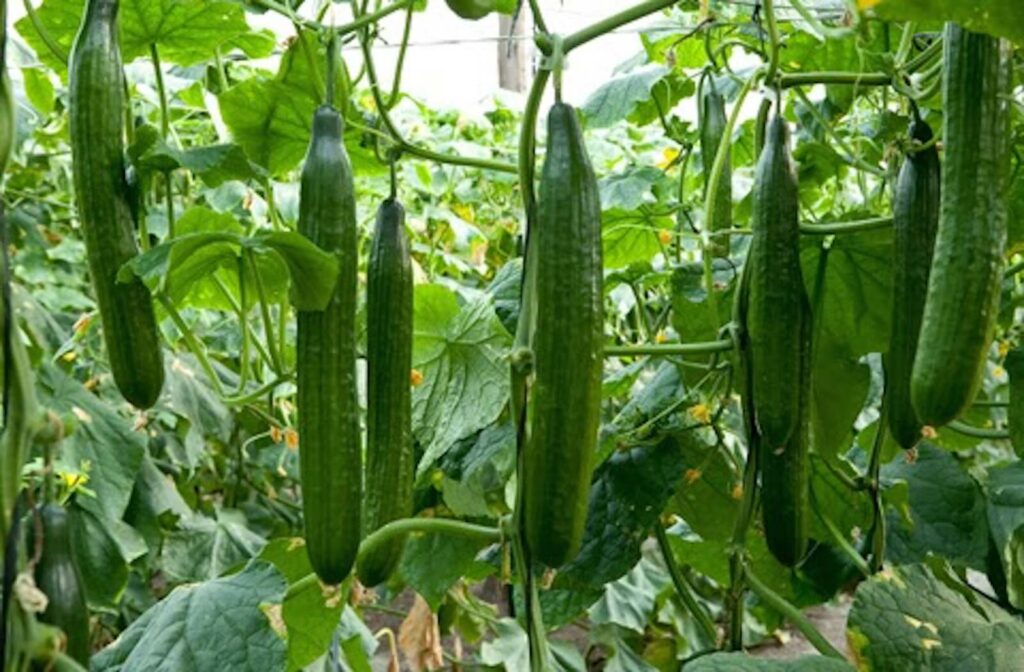
Jump to: Growing Conditions | Cucumber Varieties | Starting Seeds | Soil and Site | Planting Techniques | Care and Cultivation | Season Extension | Pollination | Pest and Disease | Harvesting Tips
Growing cucumbers in the UK is both rewarding and challenging. These crisp, refreshing vegetables not only enhance a variety of dishes but also bring life to your garden. However, the UK’s unique climate necessitates specific strategies for success. This comprehensive guide provides all the details you need to successfully cultivate cucumbers in your UK garden—from selecting the right variety and understanding the local climate to overcoming common challenges.
Understanding the UK Climate and Its Impact on Cucumber Growing
The UK’s climate, marked by mild temperatures and ample rainfall, poses particular challenges for growing heat-loving cucumbers. These conditions mean that understanding the local weather patterns is critical for gardening success.
Choosing the Right Cucumber Varieties for the UK
Selecting appropriate cucumber varieties is crucial:
- Outdoor Varieties: Varieties like ‘Marketmore’ are ideal for outdoor gardens as they resist mildew and can tolerate the UK’s cooler temperatures.
- Greenhouse Varieties: For greenhouse growers, ‘Carmen’ offers excellent yields and robust flavours, perfect for the controlled conditions of a greenhouse.
Starting Seeds Indoors
Begin your cucumber cultivation indoors to extend the growing season and protect young seedlings from late frosts.
- Timing: Initiate indoor seeding about 6-8 weeks before the last frost date.
- Methodology: Employ peat pots or seed trays with high-quality seed starting mix to encourage healthy early growth.
Preparing the Garden: Soil and Site Specifications
Cucumbers thrive in well-drained, fertile soil with a neutral pH. Proper site and soil preparation are key.
Soil Preparation
- Enhancement: Incorporate plenty of compost or well-rotted manure to enrich the soil.
- pH Adjustment: Ensure the soil pH is between 6.5 and 7.0 by testing and adjusting with lime if necessary.
Site Selection
Choose a sunny, protected area in your garden to help shield the plants from the wind and maximize sun exposure.
Planting Techniques for Optimal Growth
Transplanting seedlings outdoors requires careful timing and proper spacing.
- Planting Time: Wait until after the last frost and when the soil is warm.
- Spacing: Ensure there is about 50 cm between plants to allow ample growth room.
- Support: Install supports like trellises at planting to help vines climb and promote better air circulation.
Ongoing Care and Cultivation
Regular maintenance is crucial for healthy cucumbers.
- Watering Needs: Maintain consistent moisture in the soil, especially during dry spells.
- Nutrition: Apply a potassium-rich fertilizer every 4-6 weeks to support fruiting.
- Pruning Practices: Train vines onto supports and prune excess growth regularly.
Advanced Techniques for Season Extension
Extend your growing season using cloches, fleece, and other methods to protect early sowings from cold and encourage a longer harvesting period.
Using Cloches and Fleece
- Early Sowing Protection: Cover young plants with cloches or fleece to guard against unexpected frosts.
- Benefits: These protections can advance planting dates and extend the growing season.
Greenhouse Growing
- Temperature Control: Maintain an optimal climate within a greenhouse to encourage year-round growth.
- Pollination Assistance: Use manual pollination techniques if natural bee activity is low.
Pollination Essentials
Understanding pollination is key for fruit production.
- Bee Attraction: Encourage bees into your garden to aid in cucumber flower pollination.
- Self-Pollinating Varieties: Consider self-pollinating cultivars if bee populations are low.
Pest and Disease Management
Keep pests and diseases at bay with proactive measures.
- Common Pests: Watch for aphids and spider mites, treating with insecticidal soap as necessary.
- Disease Prevention: Promote good airflow and use fungicides to prevent powdery mildew.
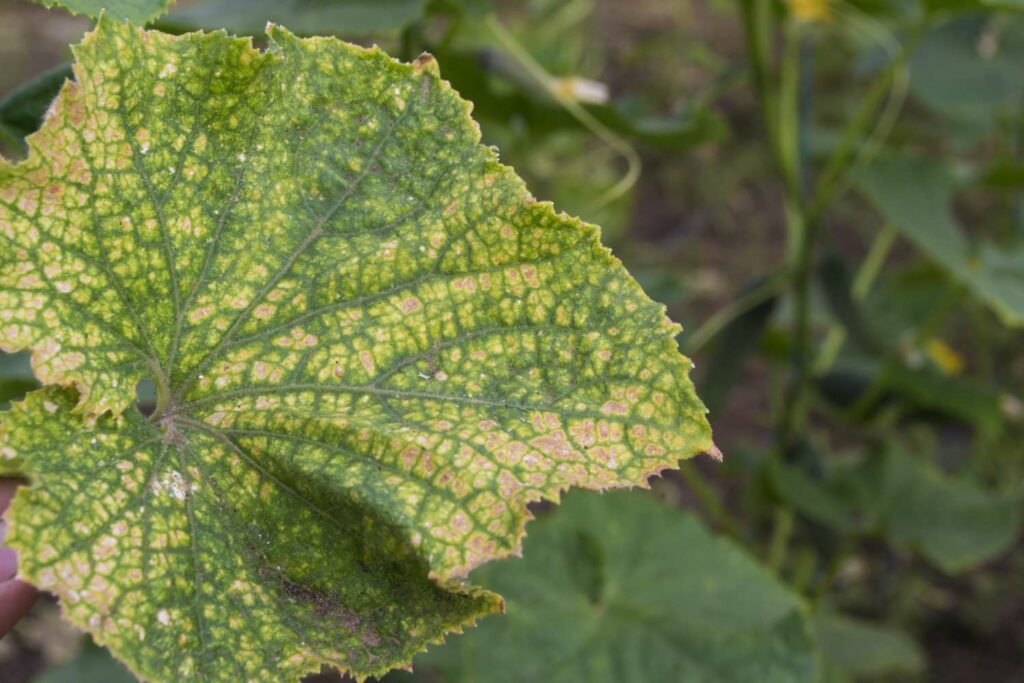

Common FAQs on Growing Cucumbers in the UK
Harvesting Tip
Cucumbers are ready to harvest when they are firm and the skin is a vibrant green without yellowing. Many gardeners prefer to harvest early in the morning, when the cucumbers are cool and crisp. Cut the fruits from the plant using secateurs or a sharp knife.
Some longer cucumber varieties can be cut in half while still on the plant and left to form a callus, so they can be used later.
What are the best companion plants for cucumbers?
Marigolds, peas, and beans are great companions, deterring pests and enriching the soil.
Maximizing Cucumber Yields in the UK
Growing cucumbers in the UK is highly achievable with careful planning and execution. By selecting the right varieties, preparing the site and soil correctly, and maintaining diligent care throughout the season, you can enjoy a productive harvest of crisp, delicious cucumbers. Each season offers new lessons and opportunities to enhance your gardening techniques, ensuring even greater success in the future. Happy gardening!

